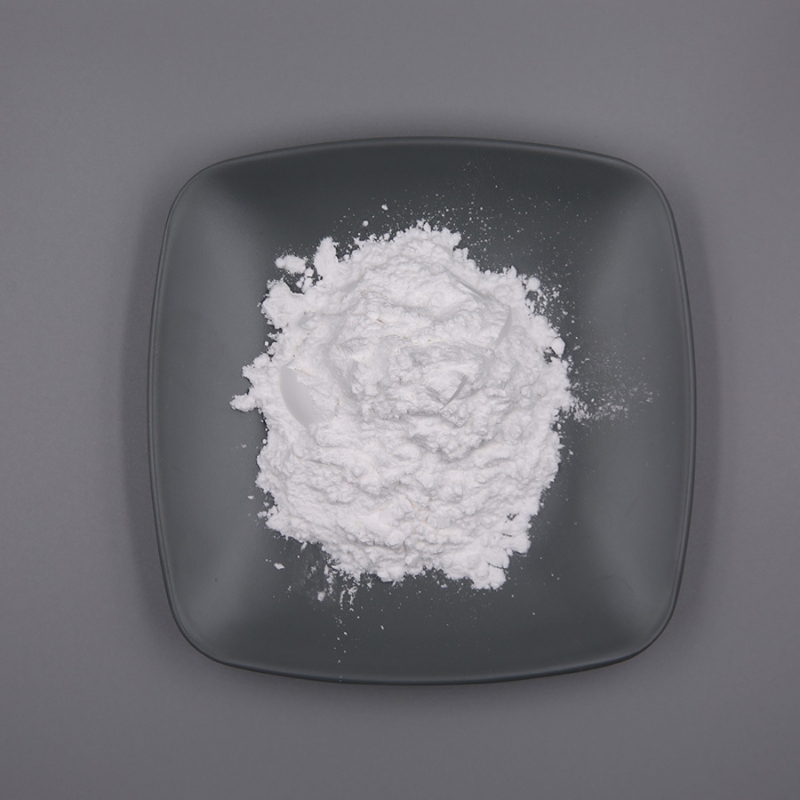Hortic Res . . . The team of Chen Faxuan of Nanjing Agricultural University revealed the timing immune response of chrysanthemums to the invasion of black spot bacteria.
-
Last Update: 2020-07-22
-
Source: Internet
-
Author: User
Search more information of high quality chemicals, good prices and reliable suppliers, visit
www.echemi.com
Black spot of chrysanthemum is an important disease in chrysanthemum production, which is caused by Alternaria alternata.in the early stage of the disease, many small brown necrotic spots were scattered on the leaves of chrysanthemum, and then the disease spots gradually expanded to form round, oval and irregular black spots.in the environment of high temperature and humidity, the damage is particularly serious. In addition to damaging the leaves, it will also reduce the yield and quality of flowers, and even lead to withering and death of the whole plant, seriously affecting the ornamental and commercial value of chrysanthemum and causing huge economic losses (Fig. 1).from the perspective of molecular biology, the research on Chrysanthemum response to Alternaria alternata infection, and to clarify the molecular mechanism of chrysanthemum black spot resistance is an important basis for formulating disease resistance breeding strategies.Fig. 1 Evaluation of resistance to black spot of Chrysanthemum 'Shenma' and 'zaoyihong' was published online in March 2020 by horticulture research, a temporary gene expression map of chrysanthemum leaves affected with Alternaria alternata Reeves different stages of Defense mechanisms.in this study, the resistant and susceptible chrysanthemum varieties were selected as the research objects. A series of differentially expressed genes were identified by high-throughput sequencing in Chrysanthemum leaves at the early stage of infection (without the formation of disease spots), the middle stage of infection (the stage of disease spot formation) and the late stage of infection (the stage of expansion and spread of disease spots).Fig. 2 the differentially expressed genes in Chrysanthemum responding to black spot pathogen infection in different periods were analyzed based on high-throughput sequencing analysis, combined with weight gene coexpression network analysis, fluorescence quantitative PCR and chrysanthemum genetic transformation experiment, the immune time sequence diagram of chrysanthemum responding to black spot pathogen infection was drawn (Fig. 3).studies have found that in the early stage of infection, the immune response mediated by calcium signal and EDS1 is activated; with the formation of disease spots, more plant immune responses play a role, especially ethylene signal-mediated immune response; in the late stage of infection, we identified a series of core genes of Chrysanthemum immune response, including multi drug resistance protein, which enriched the molecular mechanism of chrysanthemum disease resistance.in addition, a series of genes highly expressed in resistant varieties were identified by comparing the response of resistant and susceptible chrysanthemum varieties to black spot infection, which provided theoretical guidance for further understanding the resistance mechanism of chrysanthemum and scientific control of chrysanthemum black spot.Fig. 3: sequence diagram of chrysanthemum immune response to black spot pathogen infection. Professor Chen Fadi, laboratory of chrysanthemum genetics, breeding and molecular biology, Nanjing Agricultural University, is the corresponding author of this paper, and lecturer Liu Ye and graduate student Xin Jingjing are co authors.Professor Fang Weimin, Professor Guan Zhiyong and associate professor Song Aiping participated in the research.source: horticultural research.original link:
This article is an English version of an article which is originally in the Chinese language on echemi.com and is provided for information purposes only.
This website makes no representation or warranty of any kind, either expressed or implied, as to the accuracy, completeness ownership or reliability of
the article or any translations thereof. If you have any concerns or complaints relating to the article, please send an email, providing a detailed
description of the concern or complaint, to
service@echemi.com. A staff member will contact you within 5 working days. Once verified, infringing content
will be removed immediately.







